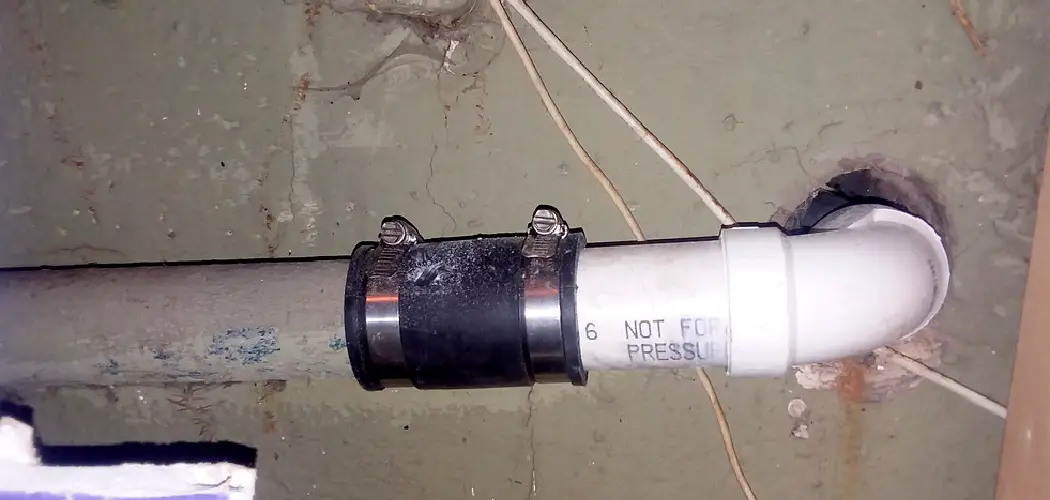Replacing a sewer pipe in your basement can be daunting, but it’s important to understand how to do it properly to avoid costly repairs down the road. This blog post will walk you through the steps of replacing a sewer pipe in your basement from start to finish. So keep reading to learn more about how to replace sewer pipe in the basement.
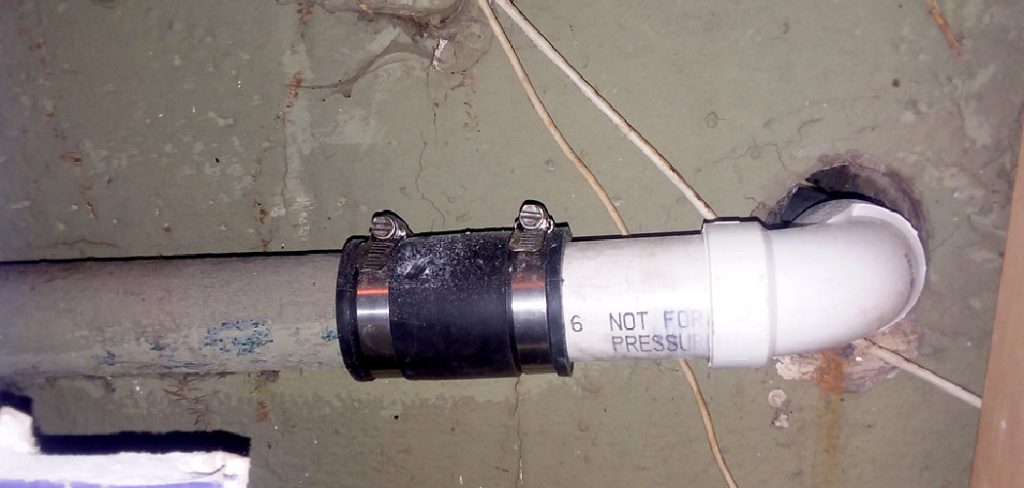
Can You Replace Sewer Pipe in The Basement?
It’s a common question among homeowners: can you replace the sewer pipes in the basement? Of course, the answer is yes, but there are a few things to remember. First, replacing sewer pipes is a major job that should only be undertaken by a qualified professional.
Second, the process may require a permit from your local municipality. Finally, it’s important to consider the age and condition of your existing sewer pipe before deciding whether replacement is necessary. If your pipe is more than 50 years old or showing signs of wear and tear, replacing it may be the best option.
Otherwise, a repair may be all that’s needed. Whatever you decide, be sure to consult with a qualified professional before proceeding.
Why Should You Replace Sewer Pipe in The Basement?
Replacing the sewer pipe in the basement is not a glamorous home improvement project but an important one. In most homes, the sewer pipe is hidden away in the basement, out of sight and out of mind. However, this pipe is vital in transporting waste water away from your home.
Over time, sewer pipes can become clogged with grease, soap scum, and other debris. This can cause sewage to back up into your home, leading to extensive property damage and posing a serious health risk to you and your family.
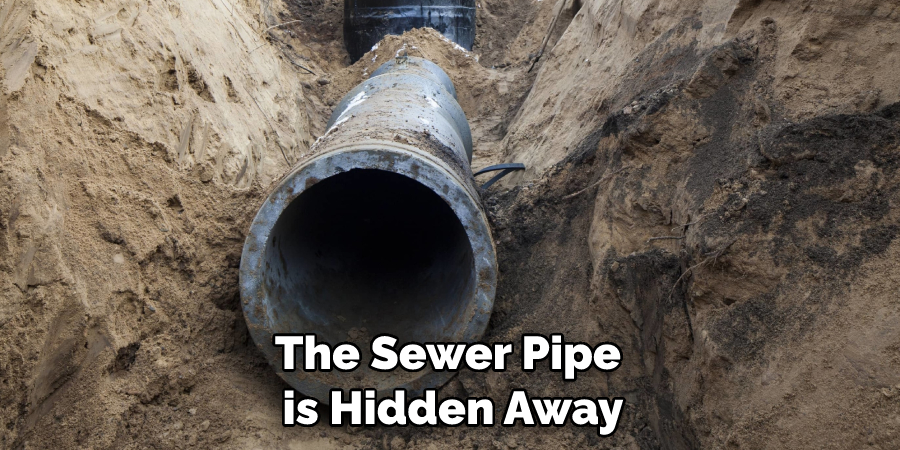
In addition, a clogged sewer pipe can cause your toilet to overflow, resulting in a messy and costly cleanup. By replacing your old sewer pipe, you can help prevent these problems before they occur. Not only will this protect your home and health, but it will also save you money in the long run.
7 Steps to Follow on How to Replace Sewer Pipe in The Basement
Step 1: Locate the Problem
First, you need to determine the exact area where the old pipe is leaking or clogged. Then, you can try cleaning out the clog with a snake or auger if the problem is minor. However, if it’s more serious and requires an entire replacement of your sewer line, then proceed to step 2.
Step 2: Shut off the Main Water Supply
Before beginning any work, turning off the main water supply to your home is important. This will prevent any potential flooding while you’re replacing the sewer pipe in the basement.
Once you have located and turned off the valve on the main water line, open a few faucets throughout your house to release any remaining pressure in the system.
Step 3: Dig a Trench
Using a shovel, you’ll need to dig around the area where your sewer line is located. Make sure you are careful not to dig too deep, as this could cause structural damage. You should dig at least 12 inches deep to reach the sewer pipe and create enough space to install a new one.
Be sure to keep all dirt and debris away from your working area to avoid any potential clogs. Once finished, you are now ready to start replacing the sewer pipe.
You Can Check It Out to Remove a Stuck Delta Shower Faucet Handle
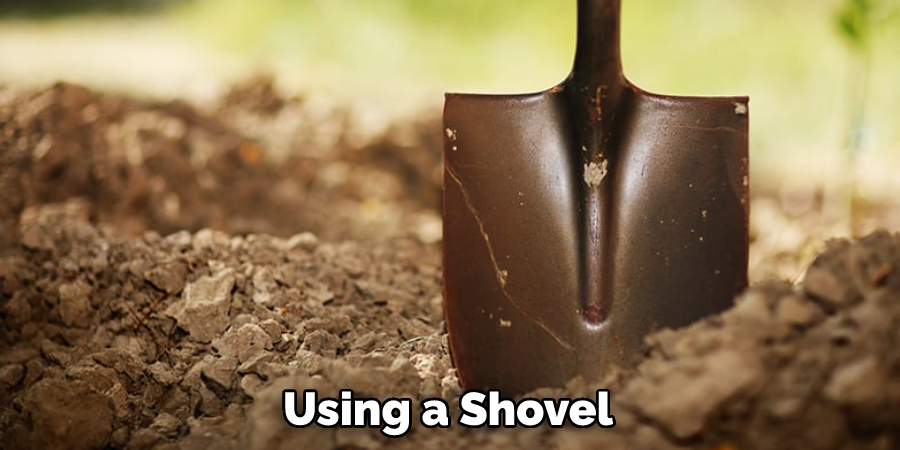
Step 4: Remove The Existing Sewer Line
Using an adjustable wrench or pliers, loosen and remove the existing sewer line from its current location. Be careful when removing the line to avoid damaging any of its joints. Once removed, you’ll need to clean the area where the old pipe was located. This will help ensure a better fit and seal for the new sewer line.
Step 5: Install The New Sewer Line
Once you have removed and cleaned the old sewer line, you can now place the new one in its location. Using your adjustable wrench or pliers, tighten the joints of your new sewer pipe to ensure that it is secured in place.
Step 6: Check for Leaks
Now that you have replaced your sewer pipe, you can now turn on the main water supply and check for any potential leaks. Next, turn off the faucets that you opened earlier and inspect your newly installed sewer line. If there are no visible leaks, you can now move on to the next step.
Step 7: Backfill the Trench
Once you have checked for potential leaks and determined that your new sewer line is in good working order, you can backfill the trench you had previously dug. Again, be sure to use the dirt and debris you saved earlier, as this will help ensure a more even surface once the digging is complete.
That’s it! You’ve now learned how to replace sewer pipe in the basement. Always remember to be safe and take all necessary precautions when working with plumbing and piping, as your safety should always come first.
5 Things You Need to Know Before Replace Sewer Pipe in The Basement
1. The Type of Pipe You Have
The first thing you need to know before replacing the sewer pipes in your basement is the type of pipe you have. There are two common types of sewer pipe: cast iron and PVC. Cast iron is the older of the two types of pipe and is more likely to be found in older homes. PVC is the newer pipe type and is less likely to corrode or break down over time.
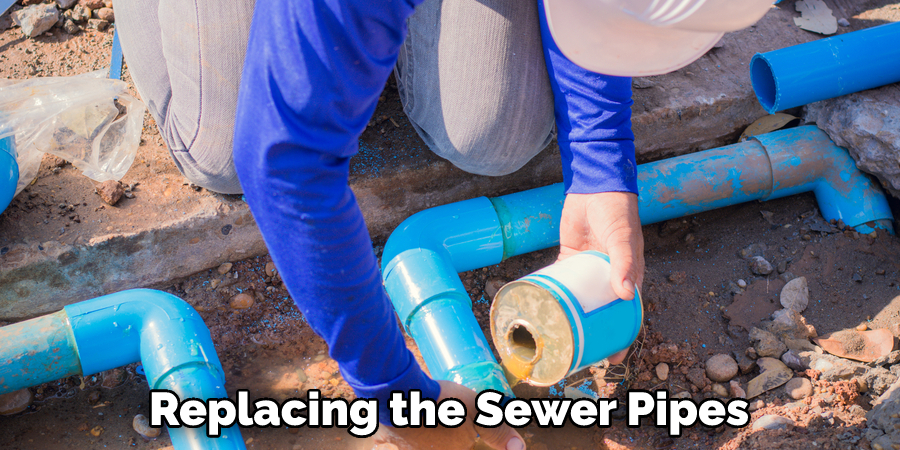
2. The Condition of The Pipe
The second thing you need to know is the condition of the pipe. If the pipe is old and has begun to corrode, it will need to be replaced sooner than a newer pipe that is in good condition. Additionally, it must be replaced if the pipe has cracks or leaks.
3. The Size of The Pipe
The third thing you need to know is the size of the pipe. The most common sizes are 4-inch, 6-inch, and 8-inch pipes. The size you need will depend on the amount of water flowing through your home and the number of fixtures in your home.
4. The Cost of Replacement
The fourth thing you need to know is the cost of replacement. Replacing a sewer pipe can be expensive, so getting an estimate from a qualified contractor is important before proceeding with the project.
5. The Timeline for Replacement
The fifth and final thing you need to know is the timeline for replacement. Sewer pipes typically last between 50 and 100 years, so it is important to plan for replacement accordingly. Depending on the pipe’s condition, it may need to be replaced sooner rather than later.
You Can Check It Out To Fix Broken Shower Pipe in Wall
Benefits of Replacing Sewer Pipe in The Basement
The average home sewer pipe lasts anywhere from 20 to 50 years. Unfortunately, severe weather conditions and ground shifts can damage these pipes, causing leaks that can lead to costly repairs. In some cases, it may be necessary to replace the entire pipe.
While this can be a daunting task, there are several benefits to replacing sewer pipes in the basement. First, it will help to prevent water damage. Second, it will protect your home from flooding.
You Can Check It Out to Keep Sewer Lines Clean

Third, it will reduce the risk of sewage backup. Finally, it will save you money in the long run. While the initial cost of replacing the sewer pipes in the basement may be high, it is a wise investment that will pay off in the end.
You Can Check It Out To Repipe a House on a Slab Foundation
How Much Does It Cost to Replace a Sewer Pipe?
Replacing a sewer pipe can be a costly and time-consuming process. Depending on the size and location of the pipe, the cost can range from a few thousand dollars to tens of thousands of dollars. The cost also depends on whether the pipe is located inside or outside the house.
If the pipe is located inside the house, the cost will be higher because of the need to break through walls and floors. In addition, the cost of replacing a sewer pipe can vary depending on the type of pipe that is used. For example, PVC pipes are typically less expensive than copper pipes.
The cost of replacing a sewer pipe also includes the cost of hiring a professional plumber. Plumbers typically charge by the hour, with rates ranging from $50 to $100 per hour. In addition, many plumbers charge a flat fee for service calls, ranging from $25 to $250.
Finally, some plumbers may also charge a trip fee, which covers the cost of travel to and from the job site. For all these reasons, it is important to get multiple estimates before deciding on a plumber.
The cost of replacing a sewer pipe can be high, but it is important to remember that it is an investment in your home that can pay off in the long run.
Conclusion
Replacing a sewer pipe in your basement may seem daunting, but it’s important to understand how to do it properly to avoid costly repairs down the road. By following these simple steps, you’ll be able to replace your sewer pipe in no time at all! Thanks for reading our post about how to replace sewer pipe in the basement.

